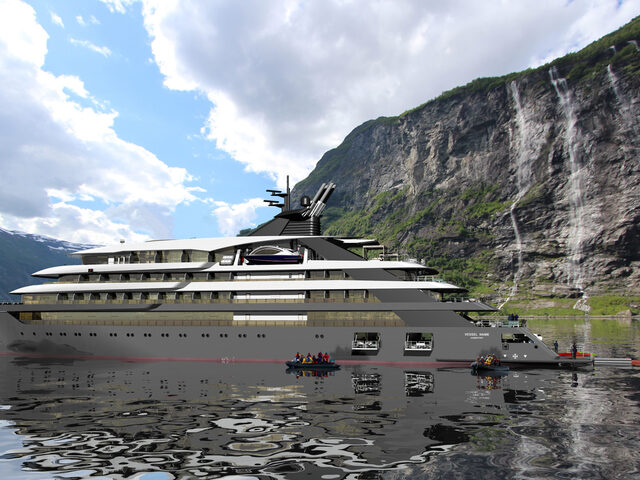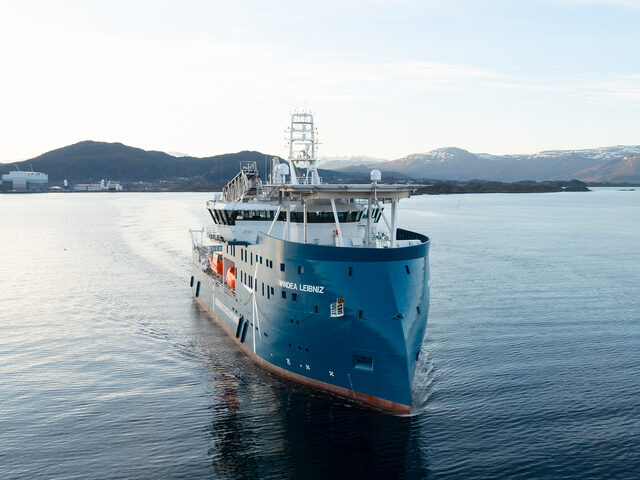Ship designers who dare to challenge
Ulstein Group has a 100-year history, and dedicated ship designers hold an important role in the company. They share a mission of innovation; to challenge the established truth and to come up with new solutions that enhance the customers` value.
«Ulstein has its own yard, and the ship designers can follow the shipbuilding process directly. They can inspect the vessel while being built, they take part in the sea trials, and they receive feedback from the ship owners via the shipyard after the vessels have entered into operation. Feedback is actively used to further improve the ship designs, a win-win situation. This is what we call incremental – or stepwise – innovation», explains Tore Ulstein, head of the board of Ulstein, and COO Design & Solutions in Ulstein.
«The owner’s feedback, and Ulstein’s shipbuilding experience, are of essential value when ship owners decide to have their newbuild constructed at other yards, such as Brazil, China or south Korea, countries where several Ulstein designed vessels have been built. Ulstein can follow up every part of the project process, from initial design sketches, basic design, engineering, to equipment purchases, main equipment deliveries, electrical installations, site follow-up, pre-commissioning, commissioning, sea trial and testing. We have the complete service line in-house», states Tore Ulstein.
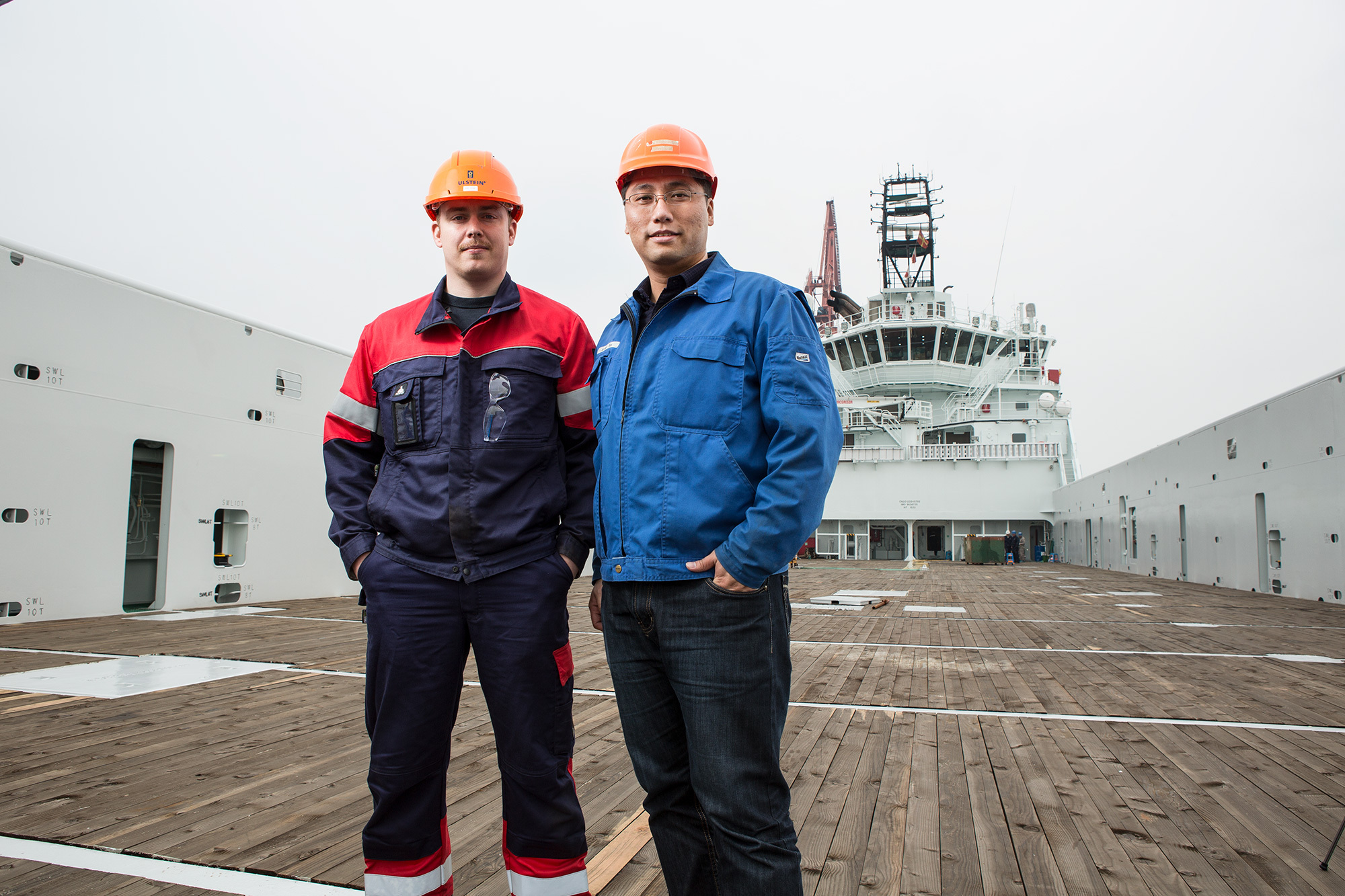
Disruptive innovation in problem solving
«Equally important is the role the ship designers in Ulstein take in radical – or disruptive – innovation», he says, and continues:
«This comes as a result of dedicated project work to solve a problem or issue raised by the ship owner or the end-user. The issue is handled through an ABD (Accelerated business development) process in which the ship owner is an active part, and where field studies, market studies, and other insight documentation are being used in problem-solving. A recent example is the concept design of a novel trawler series, where Ulstein has cooperated with Nordic wildfish. Nordic wildfish contributed with their experience in fishery, while Ulstein contributed with design and engineering experience, field studies and research. Together, the parties came up with a series of trawlers in which the harvesting methods are less damaging to the catch, resulting in increased quality of the end product. The hull and propulsion solutions provide for reduced fuel consumption and less emissions to air».
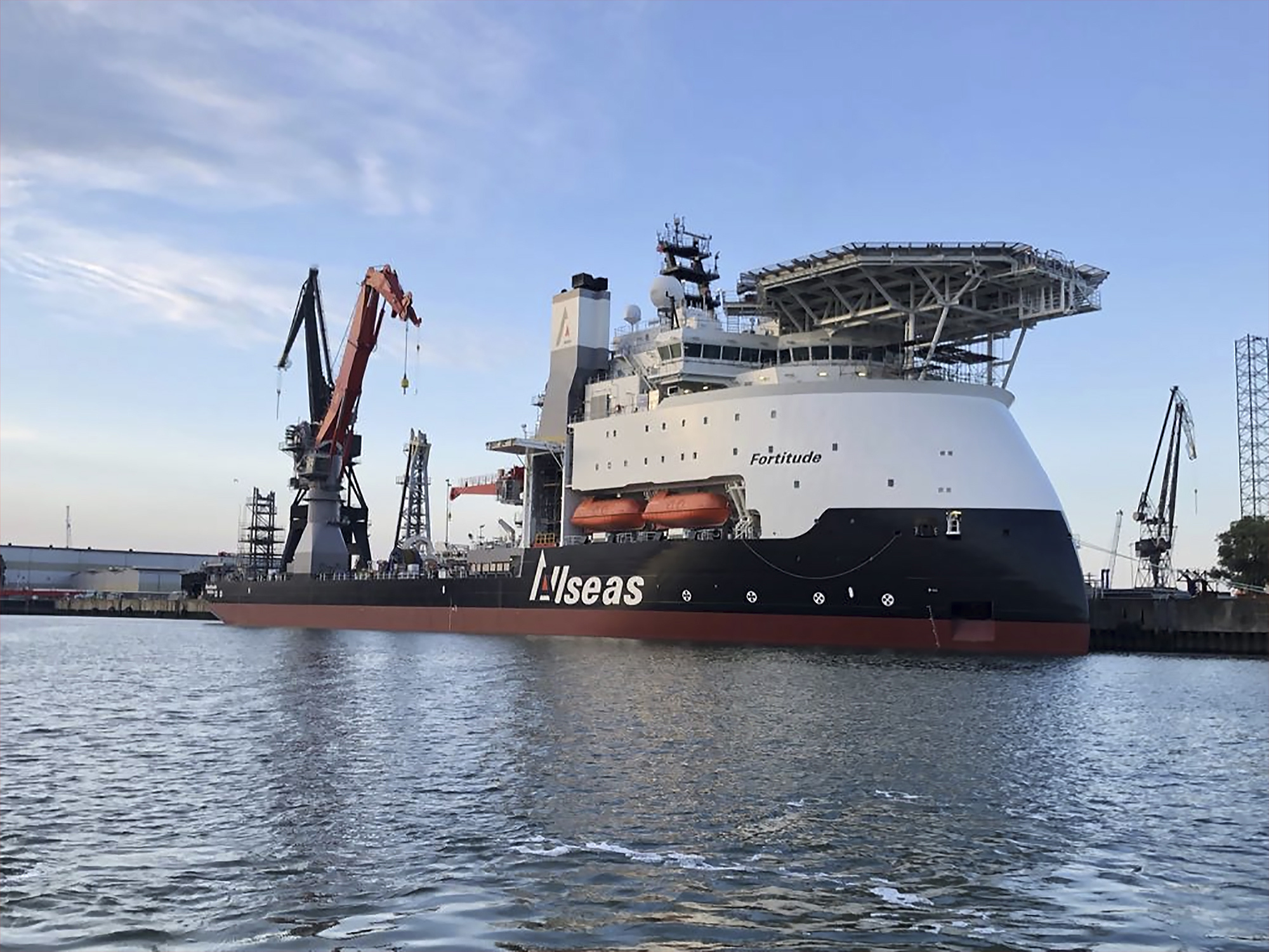
Turned the bow upside down
Radical innovation can also arise from the designers’ own initiatives. One example, well-known to the market, is the backward-sloping bow, the X-BOW®:
«Introduced in 2005, the bow has now been implemented in more than 100 vessels of various types, one of the latest being Allseas’ multipurpose offshore construction vessel ‘Fortitude’, so far the largest X-BOW vessel, measuring 150.5 m in length and 32 m in the beam. An even larger vessel, the LNG powered heavy lift crane vessel ‘Stella Synergy’ has been contracted for Jumbo and will be measuring 174 m in length and 26 m in the beam. The X-BOW provides a smoother travel in head seas, resulting in a consistent transit speed and higher operability in adverse sea states. Referring to our history of design and equipment packages for yards outside our own yard, more than 70 of the first 100 X-BOW vessels have been contracted at other yards, demonstrating the value of our design offer», says Tore Ulstein, and continues:
«Furthermore, a derivative of the X-BOW, the aft solution X-STERN, holds much of the same design thinking and benefits to the vessel. The sloping, higher stern allows for a sharp stern shape in which the transom plate is replaced by a pointed aft. Some of the benefits are improved safety for crew and equipment, increased flexibility in operations and significantly reduced fuel consumption».
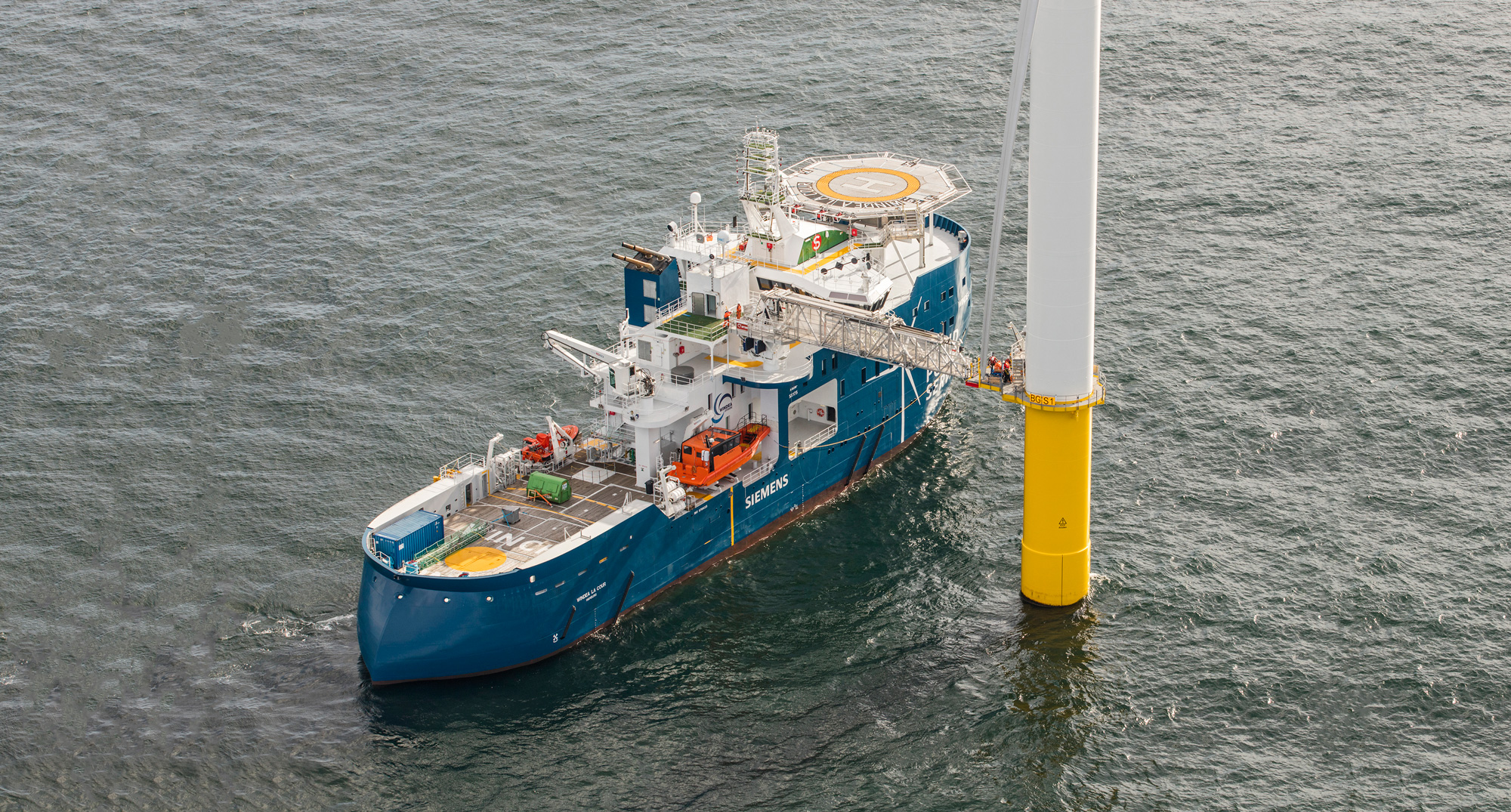
Firstly taken in use in vessels for the renewables industry, the ship owner’s feedback on the first X-STERN vessel, the ‘Windea La Cour’ is as quoted:
"The X-STERN is a big advantage for the daily operation. Since it enables the vessel to run fast and efficiently backwards, the vessel can choose the fastest way to the next turbine either it is going with the bow or the stern first. During the first year in operation the X-STERN has met all expectations and it is amazing to see a vessel going backwards in bad weather without slamming and having spray on deck."
Hybrid propulsion for AHTS
Tore Ulstein also mentions another example, the development of the hybrid propulsion concept for anchor handling tug supply vessels. «The concept combines higher efficiency and better performance at high loads and excellent fuel consumption at low loads. Installed on the Olympic Zeus and the Olympic Hera, the medium-sized diesel-mechanical and diesel-electric systems were combined into one large hybrid propulsion system which needs less space and is less expensive than a large diesel-electric system». The ship owner’s representative, senior vice president Runar Stave, stated the following after a number of jobs:
«We've proven to the market that we can save up to 70% in some modes compared to a conventional ship».
Ulstein has 100 years of history, and decades of design experience. Tomorrow awaits.
Download X-BOW whitepaper
Download herePlease contact us for more information
Companies
-
Ulstein Design & Solutions AS
P. O. Box 278,
Tel: +47 7000 8000
NO-6067 Ulsteinvik
Norway -
Ulstein Design & Solutions B.V.
Cornerstone Building (6th floor)
Tel: +31 10 475 00 11
Rotterdam Airportplein 32
3045 AP Rotterdam
The Netherlands
